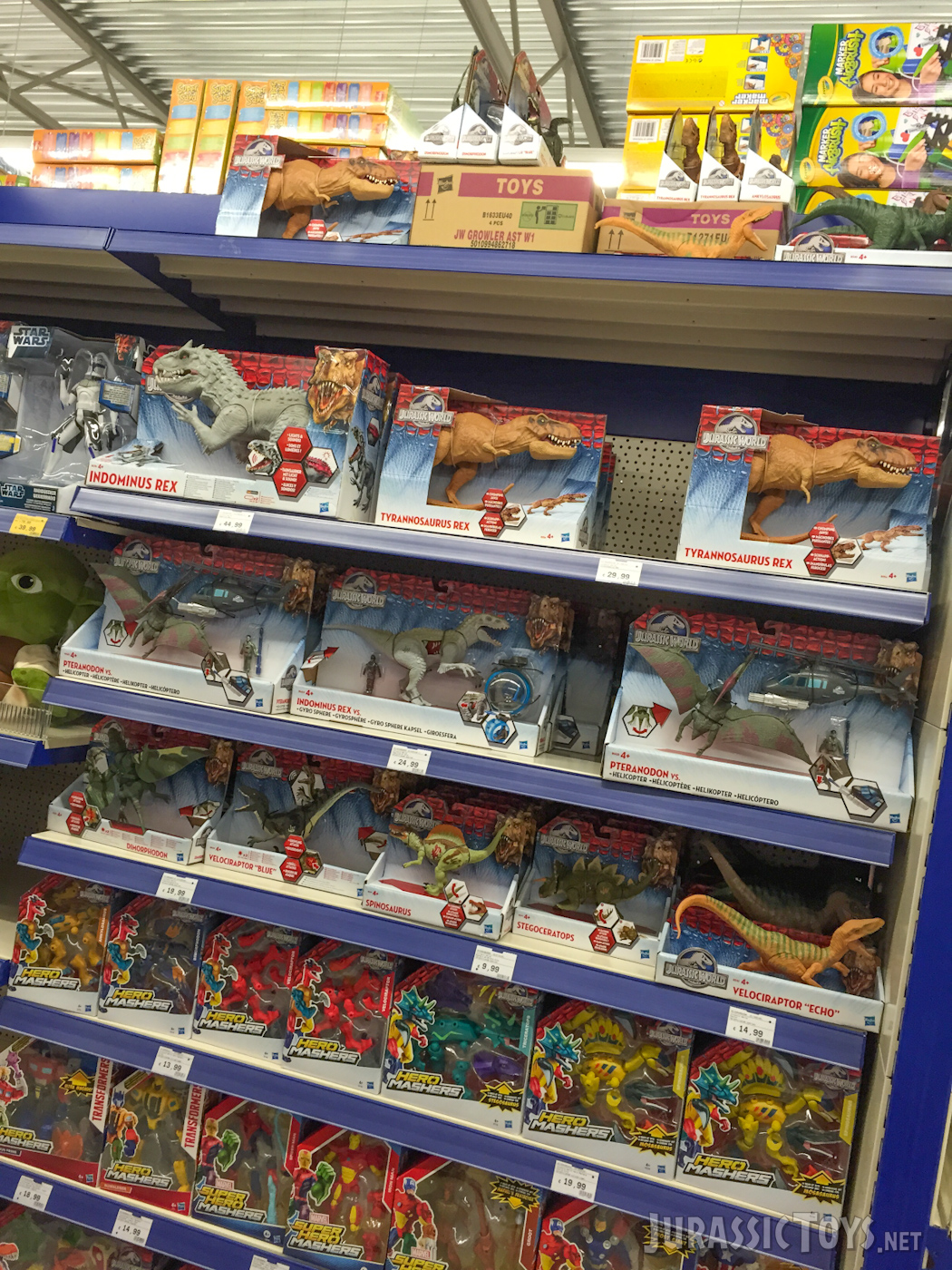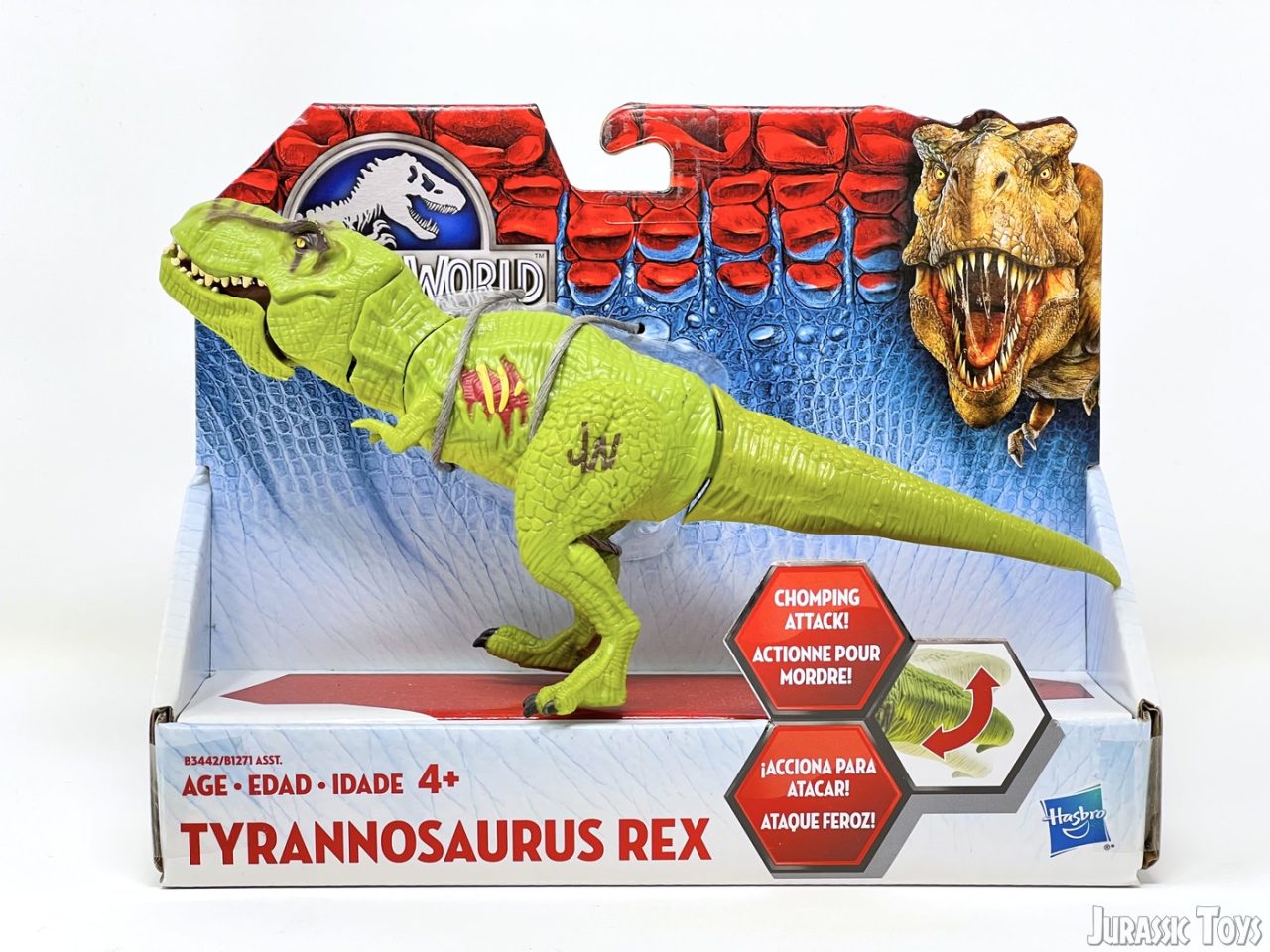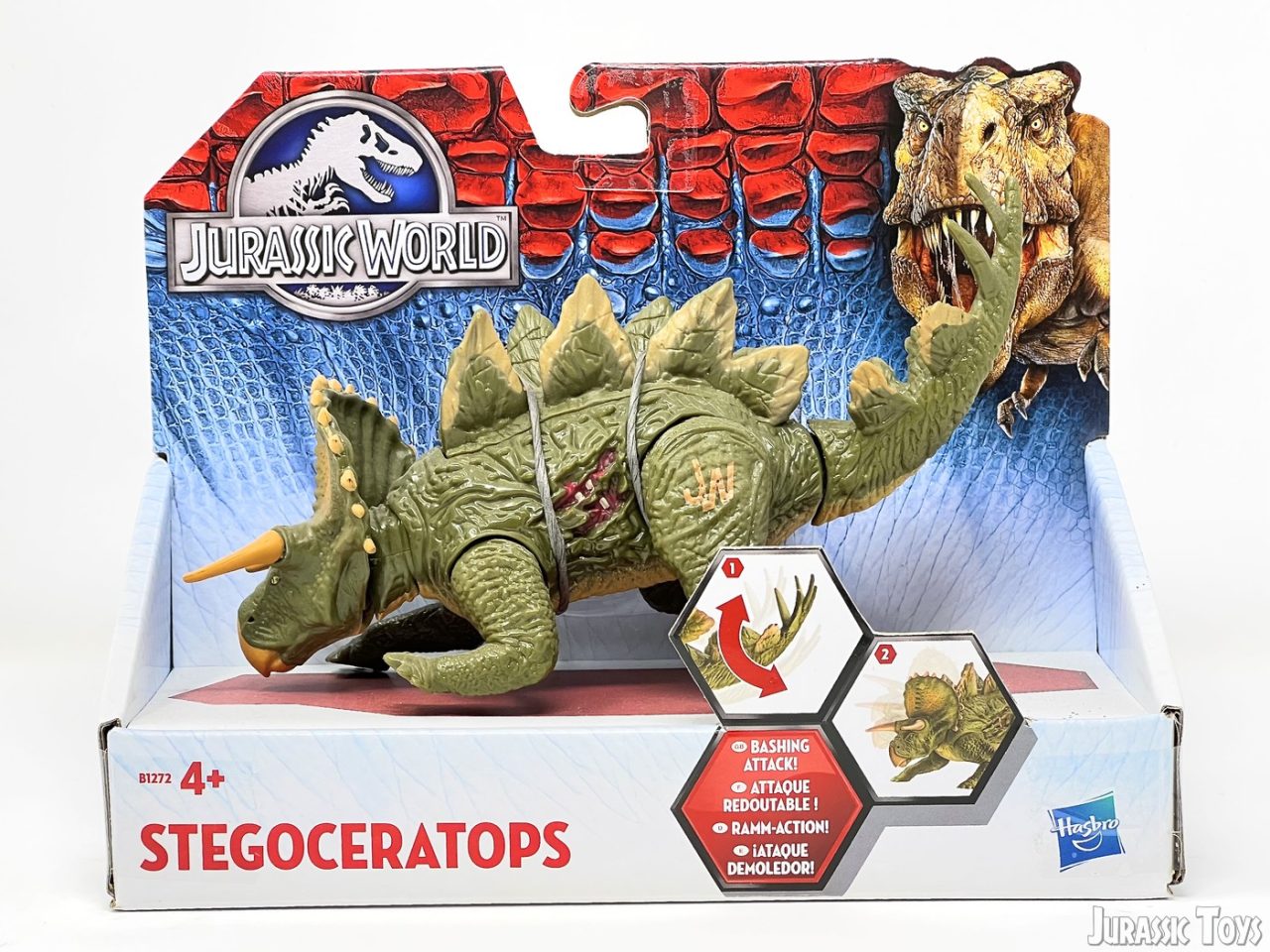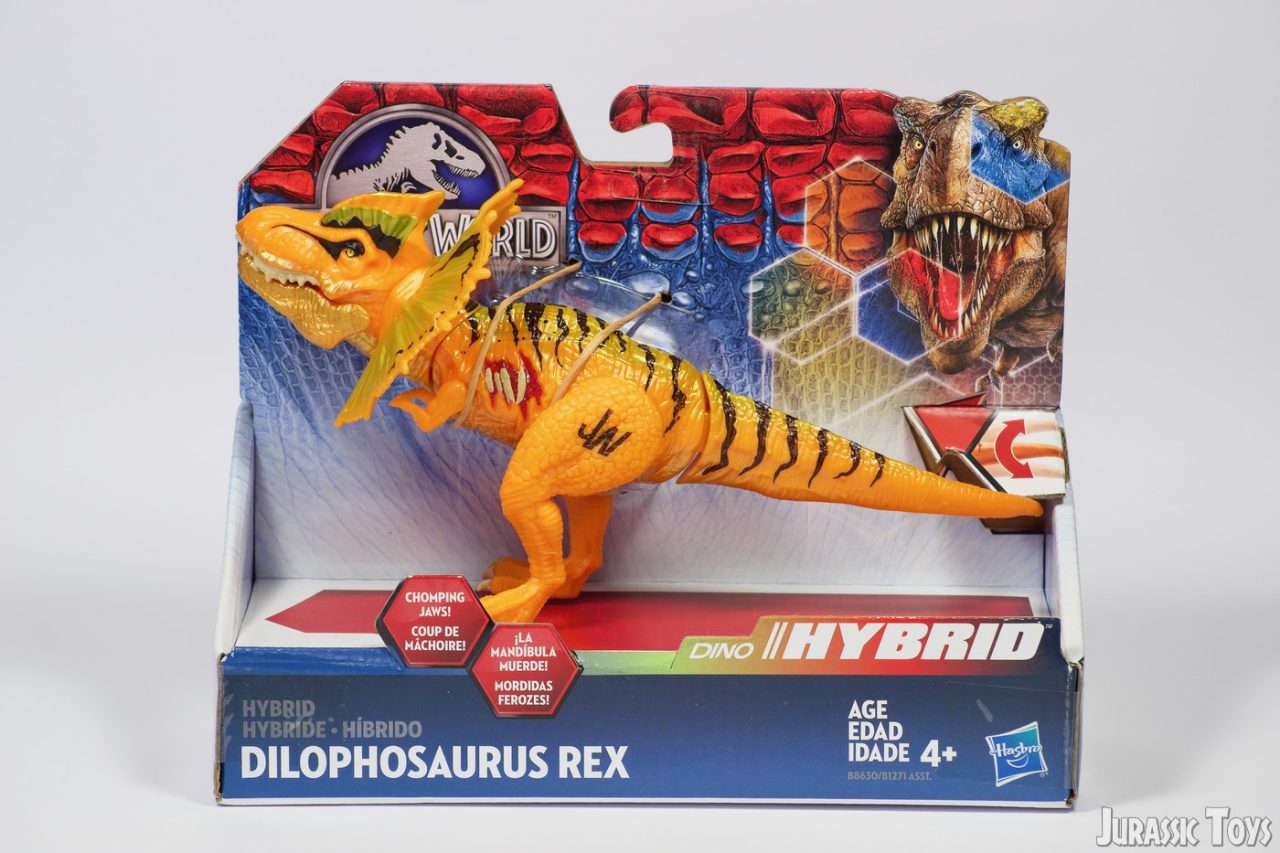Top photo: Titan Velociraptors. Notice the missing iconic sickle claws on their foots.
Hasbro’s historic ties with the Jurassic Park brand trace back to 1993, when the franchise first roared onto the silver screen. Back then, Kenner, a subsidiary of Hasbro, secured the coveted license to create toys inspired by the movie. All three Jurassic Park films and the spin-off toy lines were produced by Hasbro or its subsidiary Kenner.
In 2015, Hasbro embarked again on a journey to capitalize on the dinosaur frenzy with their Jurassic World toy line, but their efforts fell flat, leaving many puzzled by the lackluster performance. Fast forward three years later, and the license shifted to Mattel, a company known its popular toys like Barbie, He-Man and Matchbox. The transition begs the question: What caused Hasbro’s misstep and how did Mattel succeed where Hasbro stumbled?
Inadequate Innovation


Hasbro’s initial foray into the Jurassic World toy market suffered from a deficiency in innovation. The toys failed to provide that “wow” factor necessary to captivate both children and collectors alike. The lack of groundbreaking features or novel concepts left the offerings feeling uninspired and unable to stand out from the existing array of dinosaur toys available.
Lackluster Design and Detailing


The Jurassic World franchise thrives on intricate and awe-inspiring dinosaur designs, yet Hasbro’s toys struggled to convey the same level of detail and accuracy. Fans and collectors were quick to spot inaccuracies in the figures’ sculpts, colors, and overall appearance. Moreover, the unfortunate inclusion of visible screws on some of the dinosaur toys shattered the illusion of these prehistoric creatures coming to life. This discord between the on-screen creatures and the toys’ representations, coupled with the distracting screws, led to disappointment and frustration among those who had hoped for more authentic and faithful renditions.
Another issue with the Jurassic World toy line was the inconsistent scale of the dinosaurs. Some figures were significantly larger or smaller than they should have been, which made it difficult for fans to display them alongside other figures in their collections. This inconsistency in scale detracted from the overall quality of the line and made it less appealing to collectors.
Poor Quality Control


A major issue with the Jurassic World line was the poor quality control. Many of the figures had paint jobs that were sloppy or incomplete, and some of the joints were loose or fell apart easily. In addition, several of the dinosaurs were not able to stand up on their own, which made it difficult to display them and decreased their overall play value.
Missed Opportunities


Right: The only human character from the Jurassic World film was released by Hasbro in their 2016 line.
Hasbro’s inability to capitalize on pivotal moments and human characters from the movie franchise proved to be a critical downfall. The absence of toys that could recreate iconic scenes left fans yearning for a deeper connection to their favorite moments from the films. This missed opportunity to engage consumers on a more immersive level created a void that other brands could potentially fill.
Failed Redemption: The Dino Hybrid Line


Realizing the pitfalls of the 2015 line, Hasbro made an effort to rebound in 2016 with the Dino Hybrid series. This line introduced hybrid dinosaur designs in an attempt to rekindle enthusiasm. Yet, these efforts fell flat, failing to address the core issues that plagued the earlier collection. The hybrid concept itself wasn’t inherently problematic, but the overall execution still suffered from inaccurate representations and lackluster quality.
Mattel to the rescue
Enter Mattel, the company that took the reins of the Jurassic World license after Hasbro’s departure. Mattel seemed to have internalized the lessons from Hasbro’s shortcomings and applied them to their approach:
- Enhanced Design and Accuracy: Mattel’s attention to detail and commitment to accurate sculpts brought their figures closer to the on-screen counterparts, delighting collectors and fans seeking authenticity.
- Emphasis on Storytelling: Mattel recognized the significance of capturing the franchise’s iconic moments. By introducing playsets and accessories that enabled fans to recreate scenes, they bridged the gap between the movies and the toys, fostering engagement and a deeper connection.
- Technological Adaptation: Mattel kept a finger on the pulse of evolving toy trends, incorporating technology and interactivity into their offerings. This ensured that their toys remained relevant and appealing in a market driven by innovation.
- Strategic Marketing: Mattel leveraged the popularity of the brand through strategic marketing and promotion. This heightened visibility, combined with their improved product offerings, generated heightened interest and demand.
In conclusion, Hasbro’s 2015 Jurassic World toy line faltered due to a combination of factors, including a lack of innovation, subpar detailing, competition, shifting market trends, and marketing shortcomings. The subsequent shift of the license to Mattel underscores the importance of adapting to consumer preferences and maintaining a strong connection with the fan base. Mattel’s success rested on their ability to learn from Hasbro’s mistakes, creating a toy line that resonated with fans, bridged the gap between fiction and play, and embraced the evolving landscape of the toy industry.
Jump to: Hasbro’s Jurassic World toy line in our collection
Which of the Hasbro Jurassic World dinosaurs were the worst according to you? Let us know in the comments below.





